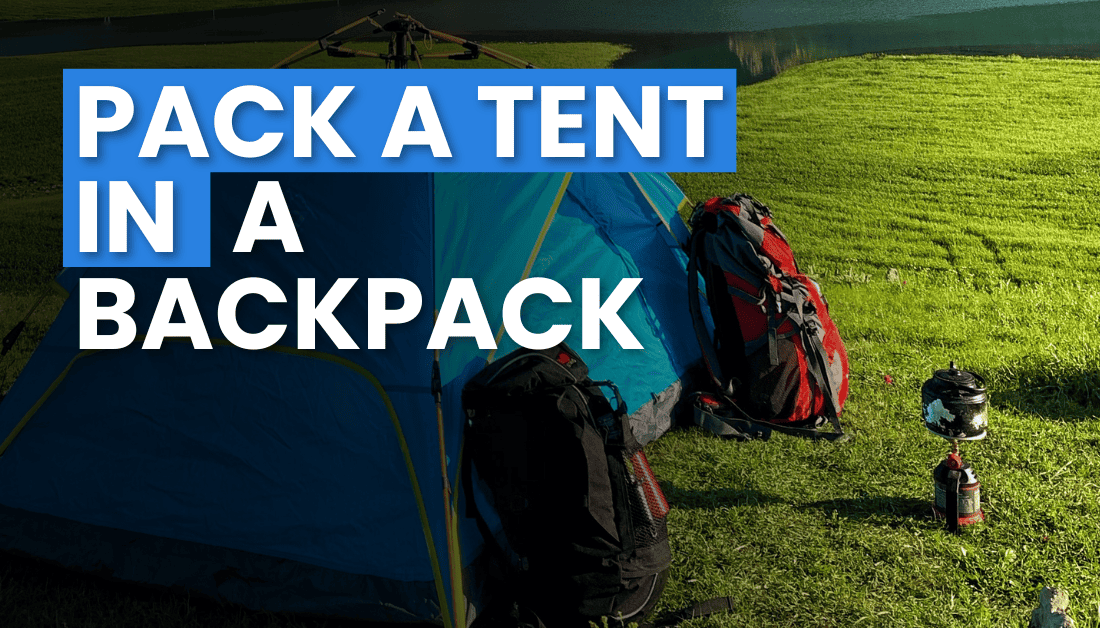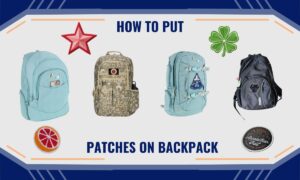One of the great things about camping is that it can be done in so many different ways. You can camp in a tent, an RV, or even just sleep under the stars. But if you want to backpack and camp in a tent, you need to know how to pack a tent in a backpack. Here are some tips:
Again, this will save space and help protect your gear.
How to Pack a Tent Inside a Backpack
How Do You Pack a Backpack Tent in a Sleeping Bag?
When you’re packing your backpack for a camping trip, one of the things you’ll need to include is your tent. But how do you pack a tent in a sleeping bag? Here are some tips to help you get started.

First, make sure that your sleeping bag is big enough to fit your tent. You don’t want to be cramped up inside your tent, so it’s important to have plenty of space. If your sleeping bag is too small, you can always put your tent in a compression sack to help save space.
Once you’ve confirmed that your sleeping bag will fit your tent, start by rolling up the floor of the tent. This will give you a nice and compact roll that’s easy to pack into your backpack. Next, fold over the walls of the tent and then roll them up as well.
When you’re finished, all of the parts of your tent should be rolled up into one tight package. Now it’s time to stuff everything into your sleeping bag. Start with the rolled-up floor of the tent and work your way up, stuffing each component of the shelter into the bag as you go.
Once everything is packed away snugly, close up the top of your sleeping bag and cinch it down tight. And that’s it! You’re now ready to hit the trail with everything you need for a comfortable night’s sleep under the stars.
How Do Hikers Carry Tents?
There are a few different ways that hikers carry tents. The most common way is to attach the tent to the backpack using straps or cords. This keeps the hands free and allows the hiker to carry other things as well.
Some hikers also like to carry their tents in a separate bag or container, which can be helpful if the weather is bad or if the terrain is rough. Other hikers prefer to simply pack their tents in their backpacks, which can save space but can make it more difficult to access the tent when needed.
Is It Better to Stuff Or Roll a Tent?
There are a few things to consider when deciding whether it is better to stuff or roll a tent. The first is the size of the tent. A smaller tent can usually be rolled, while a larger one may need to be stuffed.
The second is how much gear you have with you. If you have a lot of gear, it may be difficult to stuff everything into the tent. Rolling the tent will allow you to keep your gear inside and still have room to move around.
The third thing to consider is the type of terrain you will be camping on. If you are camping on rocky ground, it may be difficult to set up a rolled tent. Stuffed tents can be more difficult to transport and set up, but they offer more protection from the elements.
In general, rolling a tent is easier and faster than stuffing it. However, there are some situations where stuffing might be preferable. It all comes down to personal preference and what works best for your particular situation.
How Do You Fit a Tent in a Bag?
Assuming you have a standard rectangular tent, here are some tips for fitting it into its bag:
How to Pack a Hiking Backpack Diagram
When it comes to packing a hiking backpack, there are a few key things to keep in mind. First, you’ll want to make sure that you have all of the essentials with you. This includes items like water, food, a map, and first aid supplies.
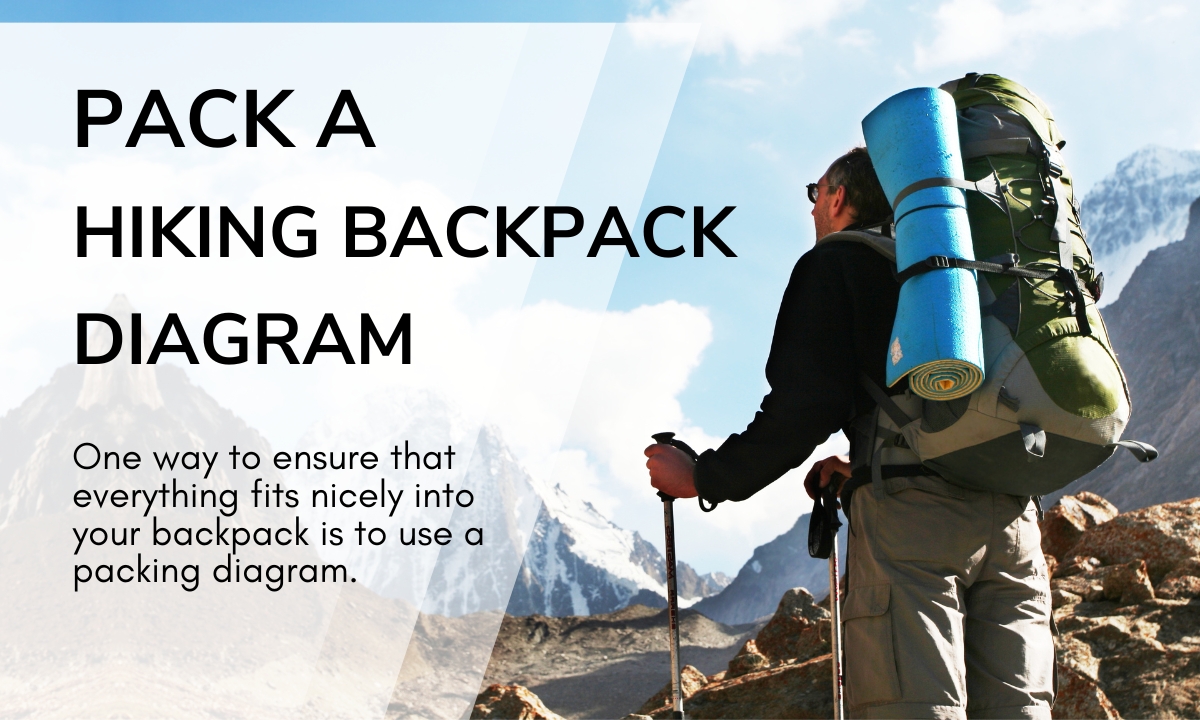
You’ll also want to pack any extra clothing or gear that you might need, depending on the conditions and terrain of your hike. One way to ensure that everything fits nicely into your backpack is to use a packing diagram. This can help you visualize how to best utilize the space in your bag so that everything has a place.
By using a diagram, you can avoid having items shift around inside your bag which can lead to discomfort or even injury. When packing your backpack for a hike, be sure to keep the following things in mind:
How to Pack a Backpack Efficiently
One of the most important things to consider when packing a backpack is weight distribution. You want to make sure that the heaviest items are close to your back, and the lighter items are nearer to the top. This will help keep you balanced and comfortable while carrying your backpack.
Another thing to think about is what you’ll need quick access to while you’re on the go. Items like snacks, water, maps, and first aid supplies should be easily accessible so that you don’t have to stop and dig through your pack every time you need something. A good way to achieve this is by packing these items in smaller compartments or pockets on the outside of your backpack.
Finally, it’s always a good idea to roll up clothes or other lightweight items instead of folding them. This saves space and prevents creases or wrinkles. When it comes time to pack your backpack, be sure to use these tips for an efficient and comfortable experience!
How to Pack a Backpack for a Week
When packing a backpack for a week-long trip, it is important to carefully consider what items are essential and which can be left behind. This will help prevent the backpack from becoming too heavy and uncomfortable to carry. The first step is to make a list of everything that needs to be packed.

This includes clothes, toiletries, electronics, and any other essentials. Once the list is made, go through and highlight the items that are absolutely necessary. These are the items that should be packed first.
After the essentials are packed, start filling in the remaining space with non-essential items. When choosing which non-essentials to bring, consider their weight and how much space they will take up. It may also be helpful to pack items that can serve multiple purposes, such as a scarf or sarong that can be used as a blanket or towel.
Once everything has been packed, double-check the backpack to make sure nothing was forgotten. Then adjust the straps so that the backpack fits snugly and comfortably against your body. With these tips in mind, packing a backpack for a week-long trip will be a breeze!
How to Pack Your Tent Smaller
When you’re trying to pack your tent smaller, there are a few things you can do to make it more compact. First, if your tent has poles, try to remove them and store them separately. This will save some space in your bag.
Secondly, try to fold your tent as small as possible before putting it in your bag. Lastly, if you have a compression sack for your sleeping bag, use it! This will help compress the tent even further and save even more space in your backpack.
By following these tips, you should be able to get your tent into a much smaller size that’s easier to carry on your back.
How to Carry a Tent While Hiking
When you’re hiking, the last thing you want to worry about is how you’re going to carry your tent. But with a little planning ahead, it doesn’t have to be a hassle. Here are some tips on how to carry a tent while hiking:
How to Pack a Backpack for a Weekend
Packing for a weekend getaway can be a daunting task, especially if you’re trying to pack light. But with a little planning and the right packing strategy, you can easily fit everything you need into one backpack. Here are some tips on how to pack a backpack for a weekend:
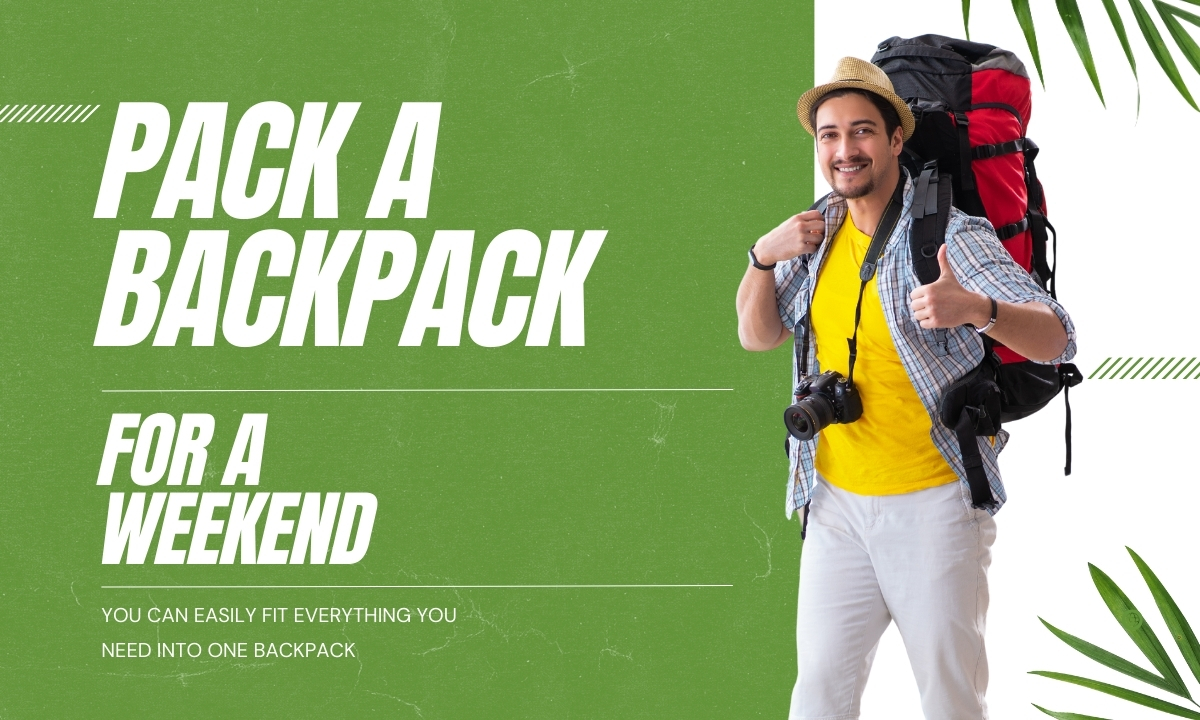
Rucksack to Carry Tent
We all know how important it is to have a good rucksack when we’re out camping. But what happens when you need to carry your tent as well? Here are a few things to consider when choosing a rucksack to carry your tent.
First, make sure the rucksack is big enough to fit your tent. You don’t want to be stuck carrying a heavy load if your rucksack is too small. Second, choose a rucksack with comfortable straps.
You’ll be carrying your tent for long periods of time, so you want something that won’t hurt your shoulders. Third, pick a rucksack that has plenty of pockets and compartments. This will help you keep everything organized and make it easy to find what you need.
Finally, remember that a good rucksack is an investment. It may cost more upfront, but it will last longer and make your camping trips more enjoyable. With all of these factors in mind, you’re sure to find the perfect rucksack for carrying your tent on your next adventure!
Pop Up Tent Fit in Backpack
A pop up tent is a great option for those who want to be able to enjoy the outdoors without having to deal with the hassle of putting up a traditional tent. These tents are designed to be easy to set up and take down, and they can usually be packed into a small bag or backpack for easy transport. When choosing a pop up tent, it’s important to make sure that it will fit in your backpack.
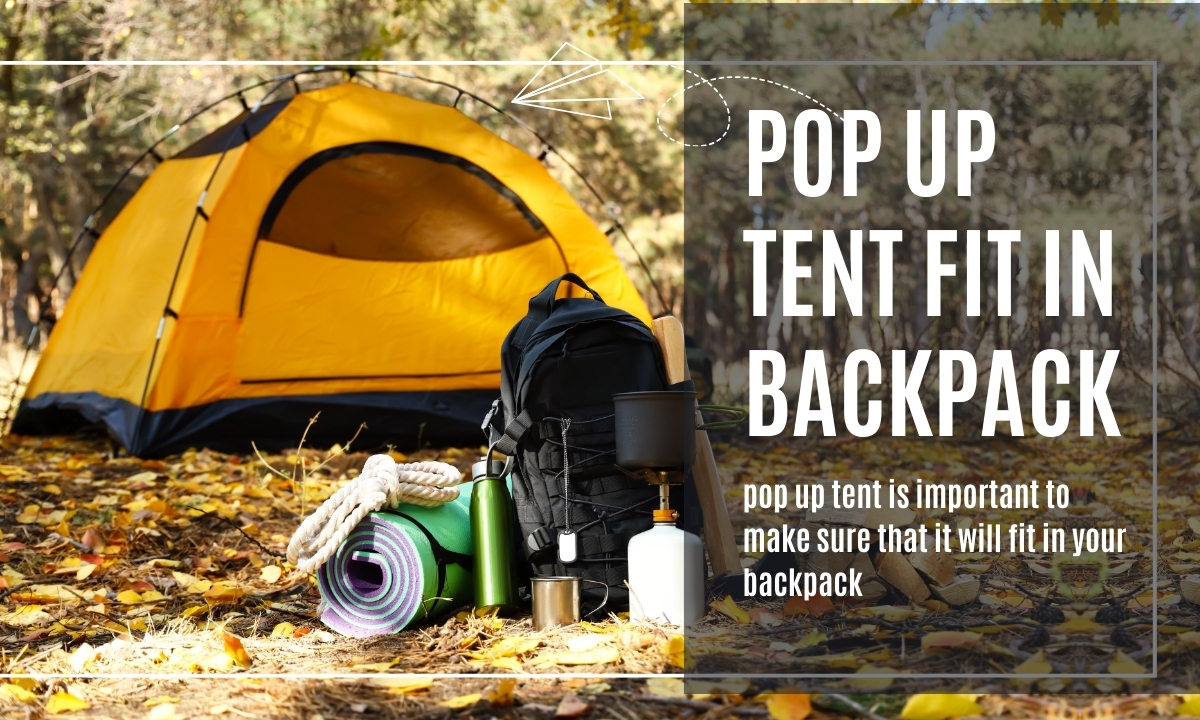
Some models are larger than others, so it’s important to measure the dimensions of your pack before making a purchase. Additionally, some tents come with additional features like rain covers or mosquito netting which can add bulk and weight. Make sure to factor these in when selecting a model.
Once you’ve found a pop up tent that will fit in your backpack, setting it up is quick and easy. Most models require no assembly, so all you’ll need to do is unpack it and stake it down. If you’re planning on using your tent in inclement weather, make sure to choose one that comes with an integrated rain fly or tarpaulin.
This will help keep you dry and comfortable even if the weather takes a turn for the worse. Whether you’re looking for an easy way to enjoy your next camping trip or just want something that’s simple and convenient, a pop up tent is a great option. Just make sure to select one that will fit comfortably in your backpack before heading out on your next adventure!
Conclusion
When it comes to packing a tent in a backpack, there are a few things to keep in mind. First, make sure that the tent is dry before packing it up. If it’s wet, it will be much heavier and more difficult to carry.
Second, use a compression sack or Stuff sack to pack the tent. This will help to compress the size of the tent and make it easier to fit into your backpack. Finally, make sure that all of the poles and stakes are securely fastened so that they don’t come loose during transport.
With these tips in mind, you’ll be able to easily pack your tent into your backpack and head out on your next adventure!

